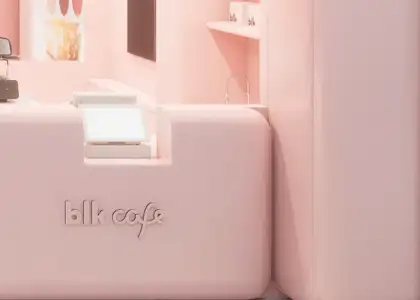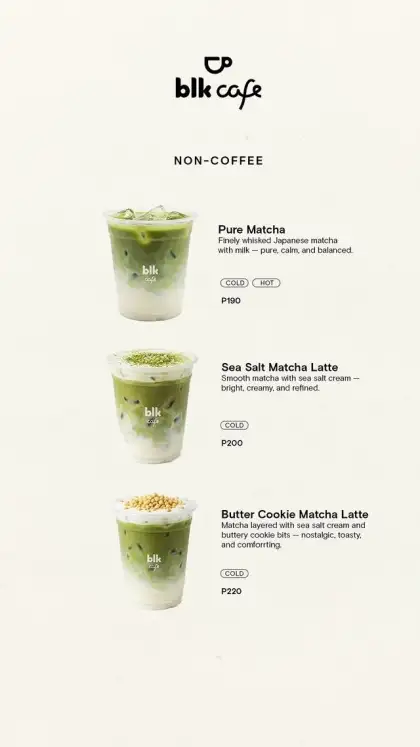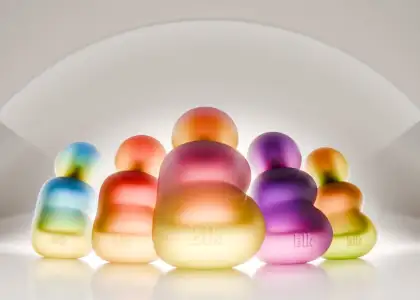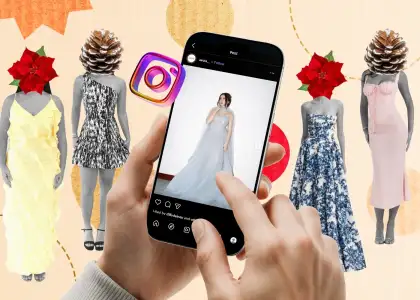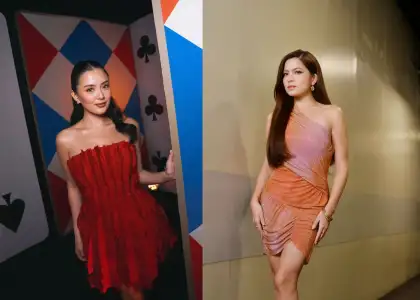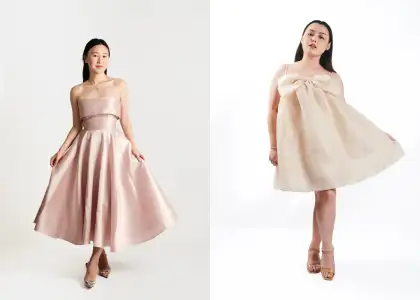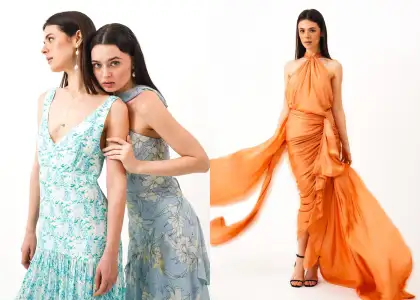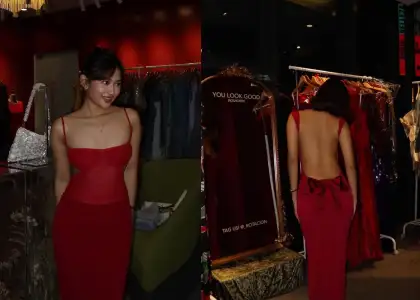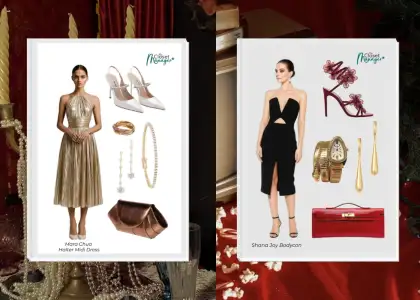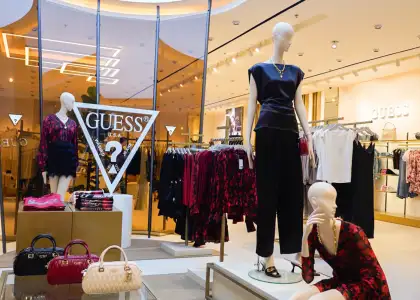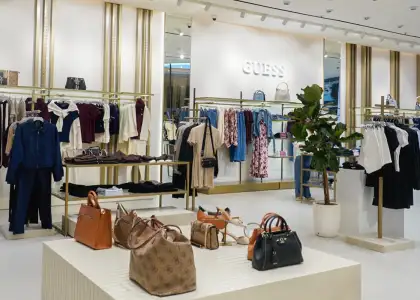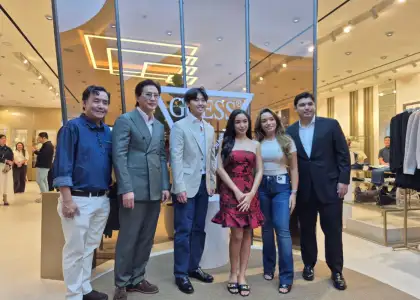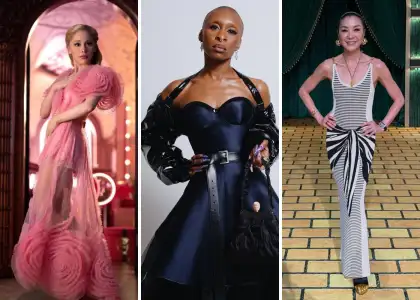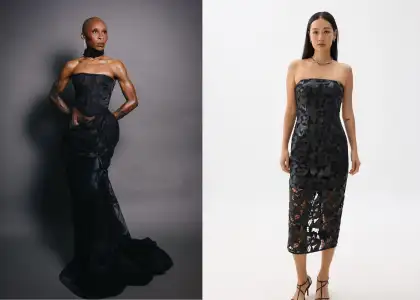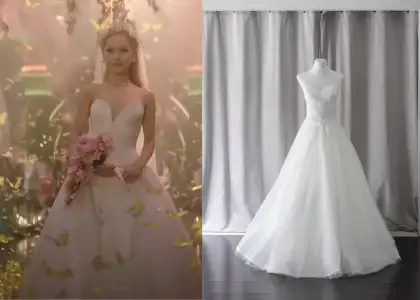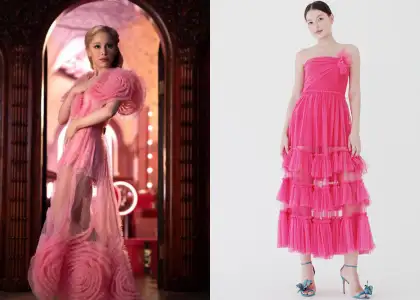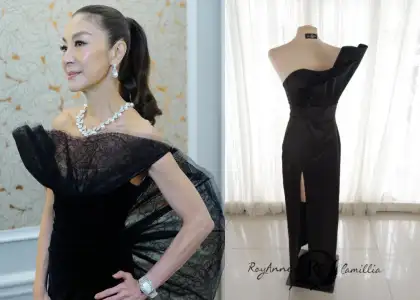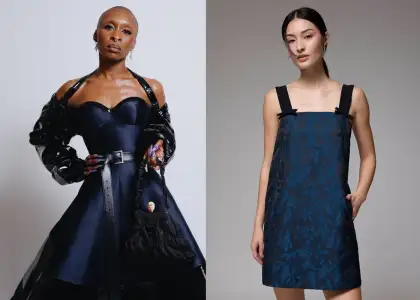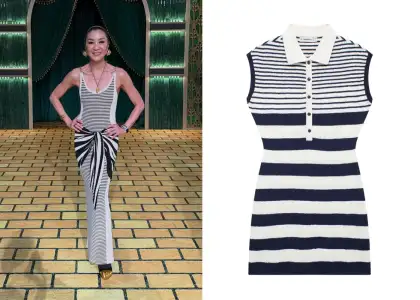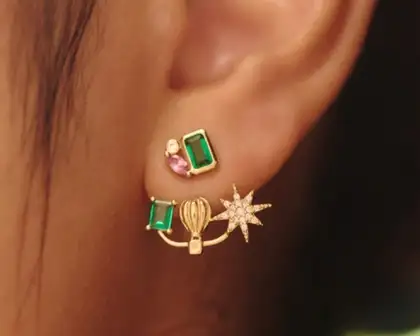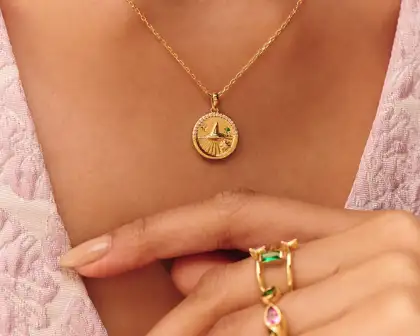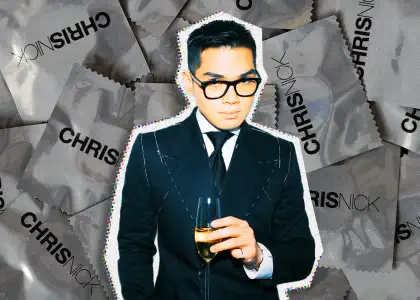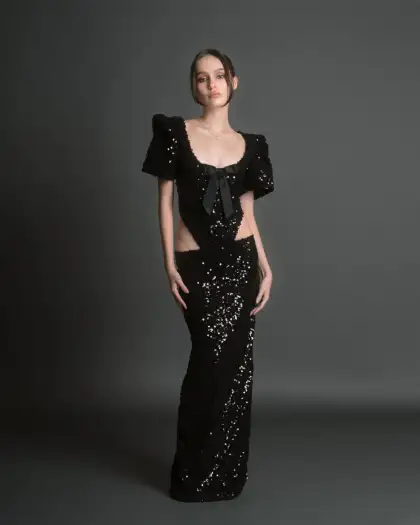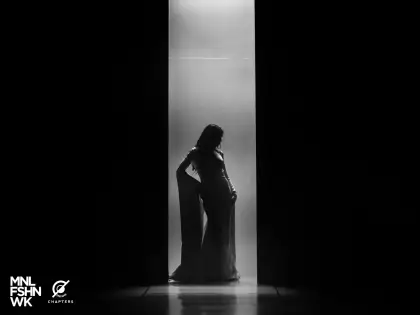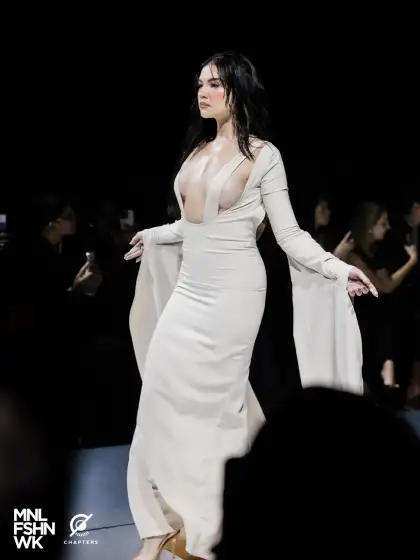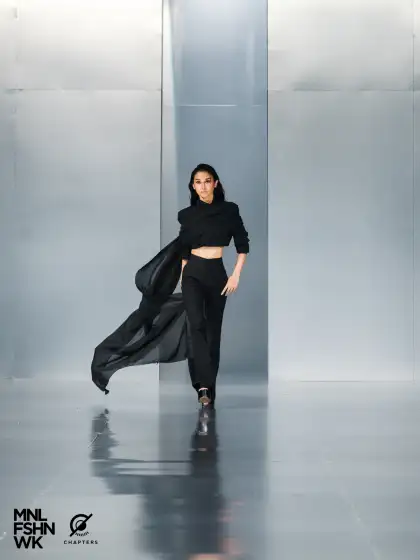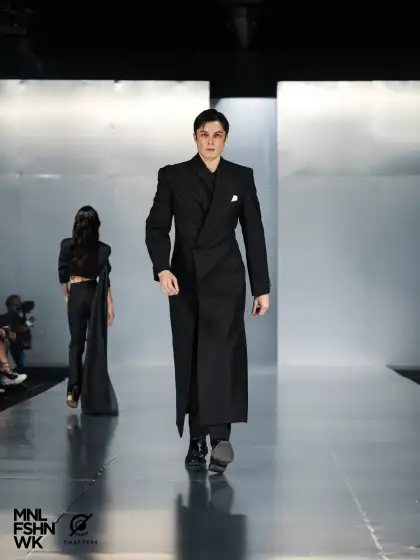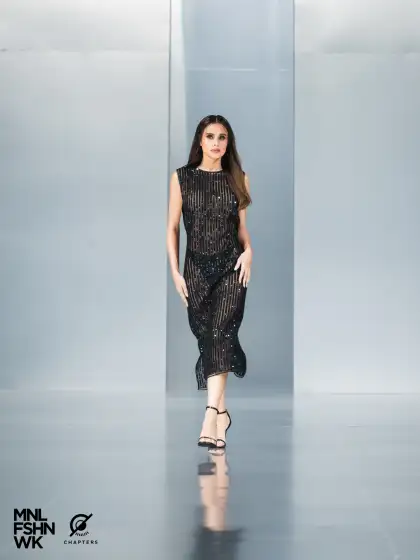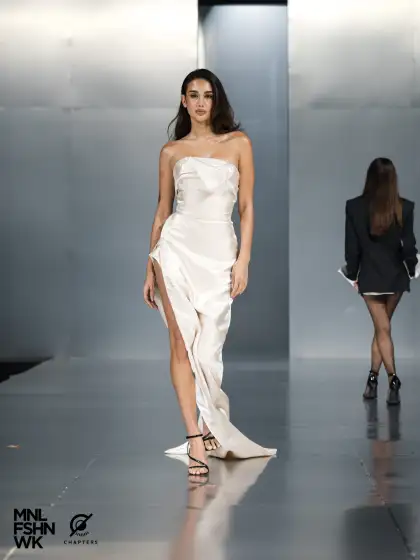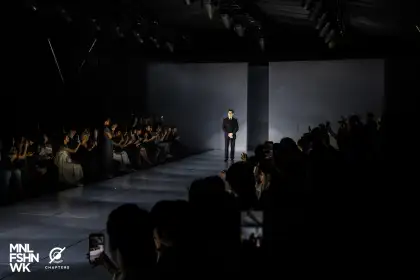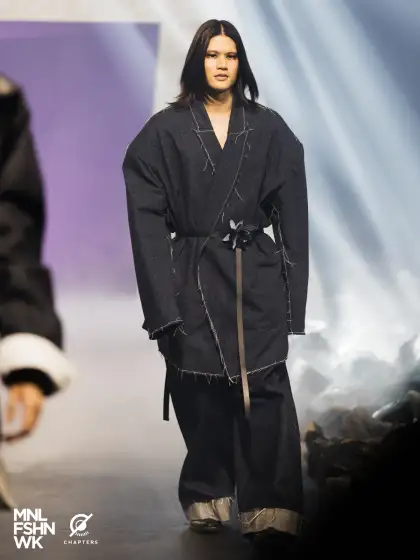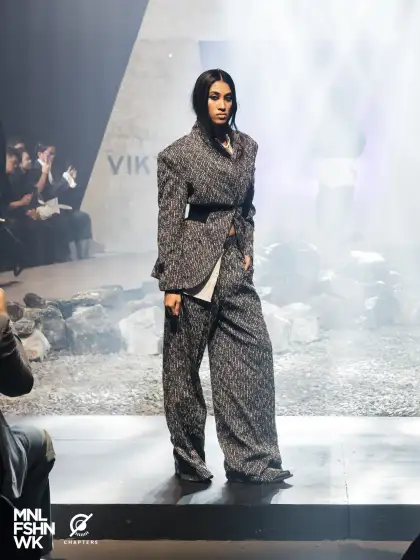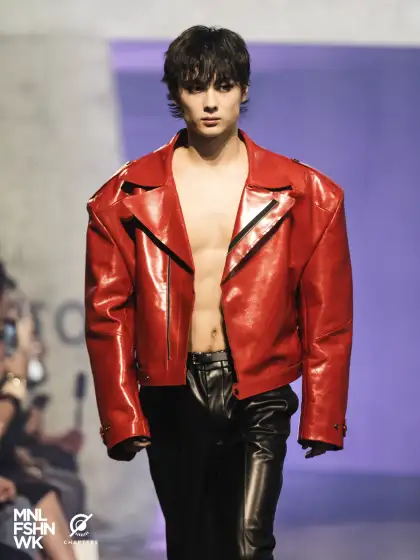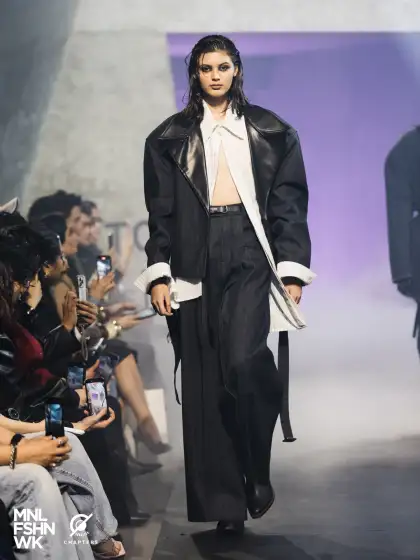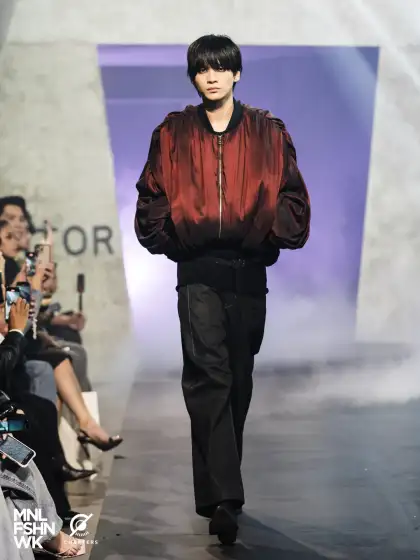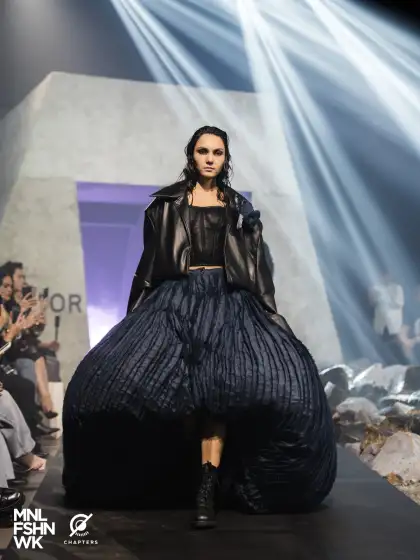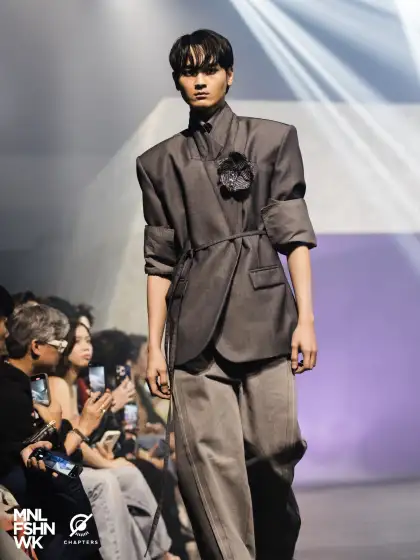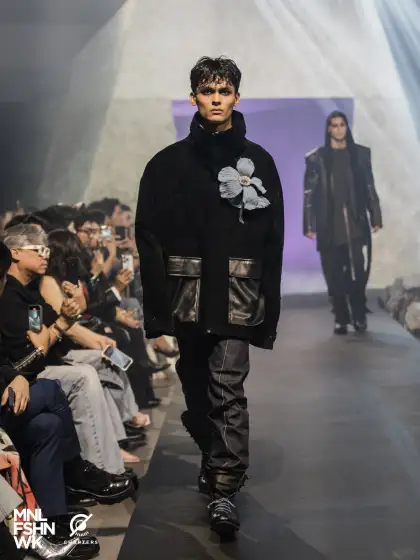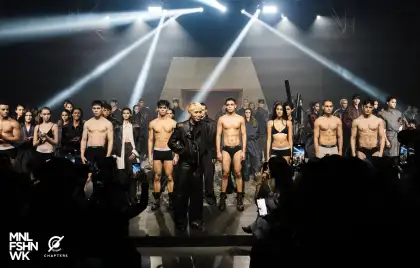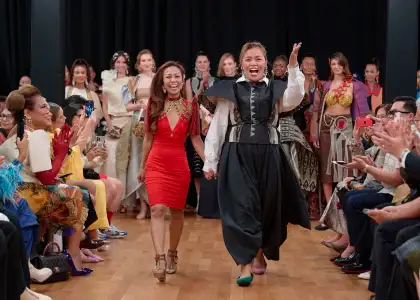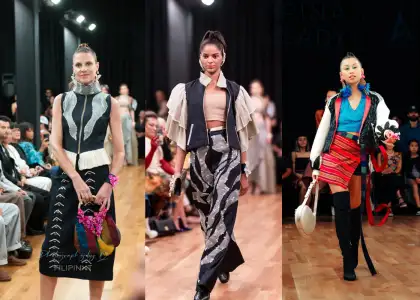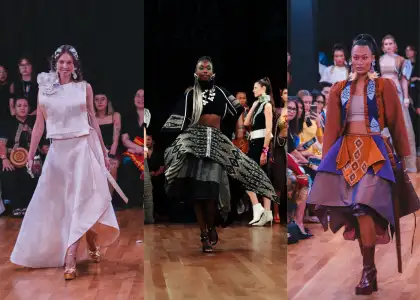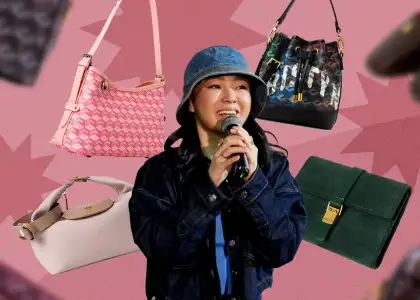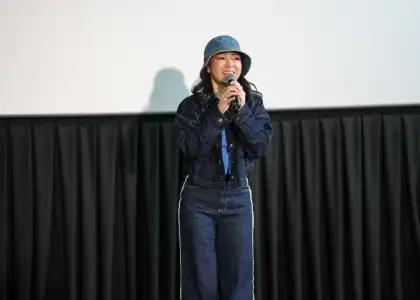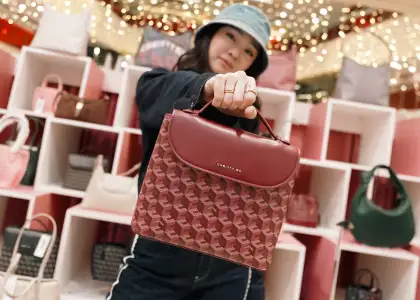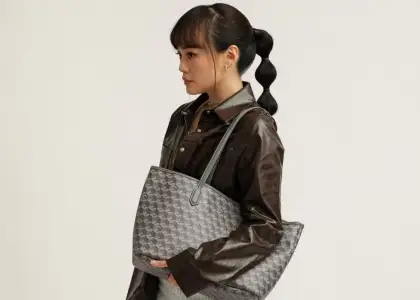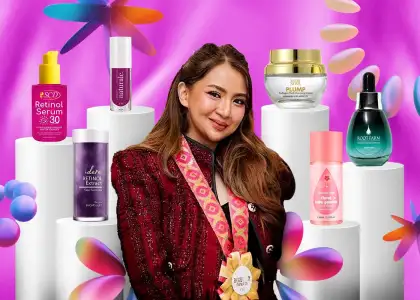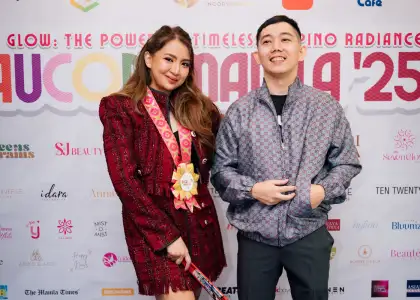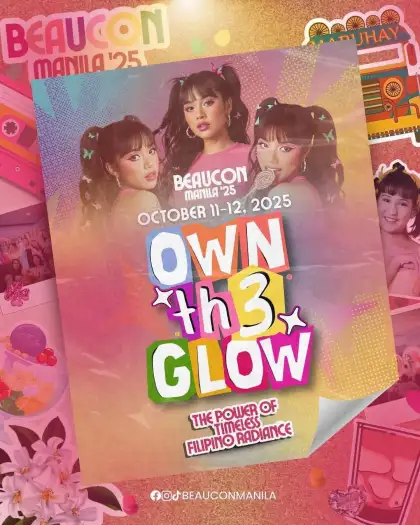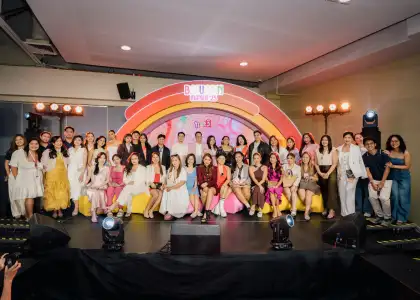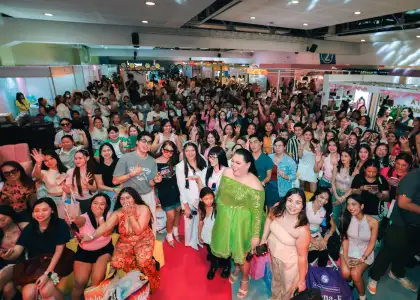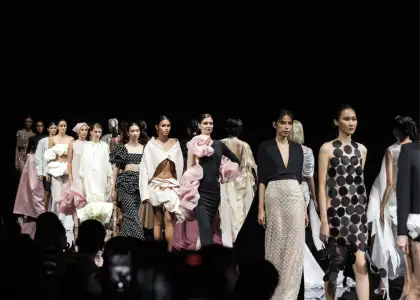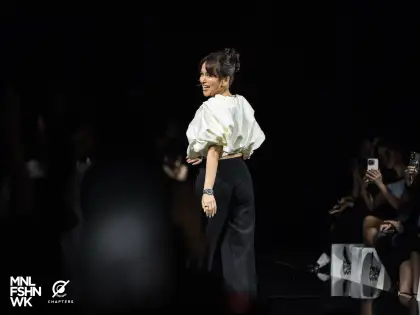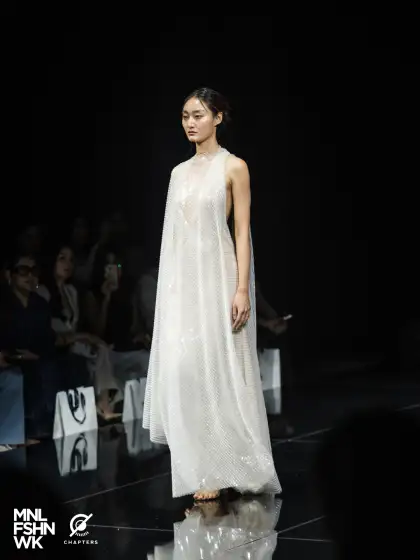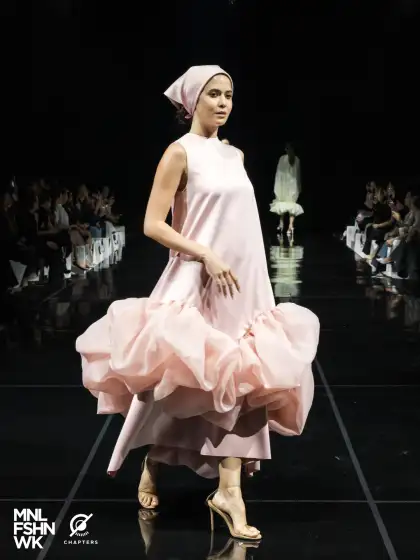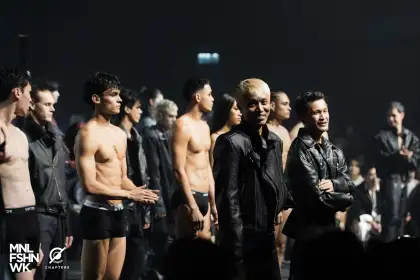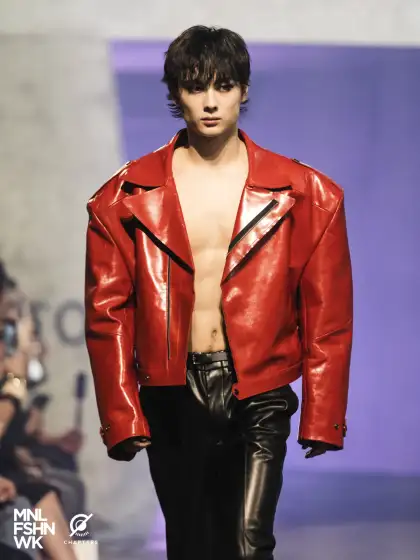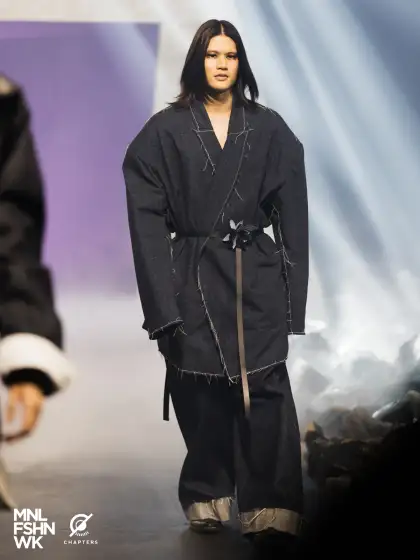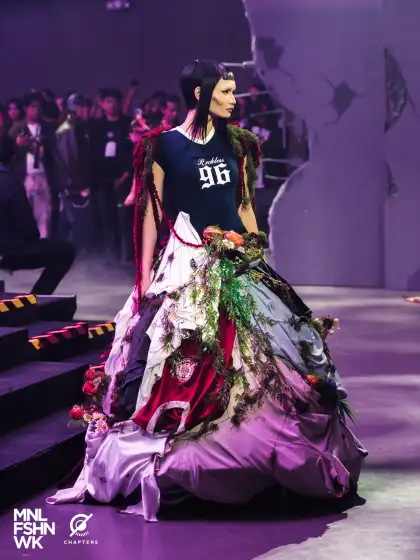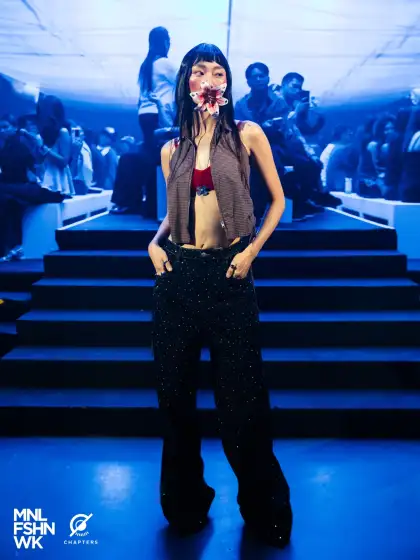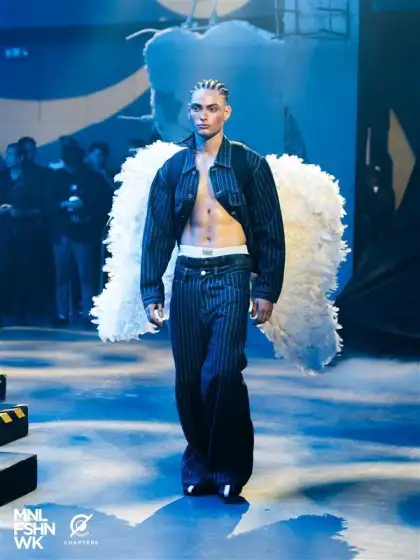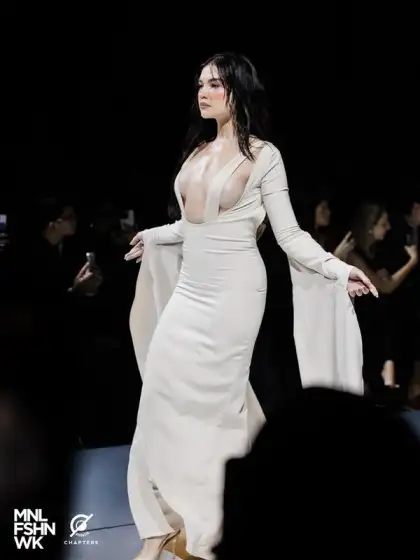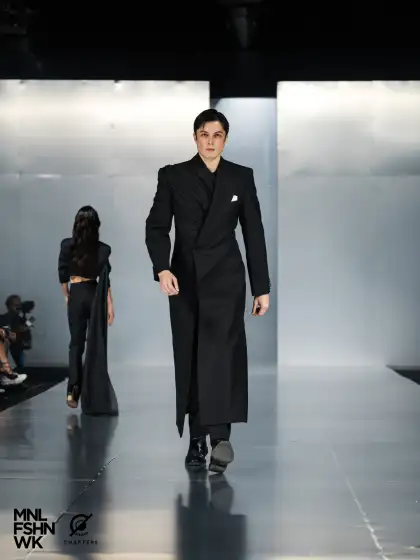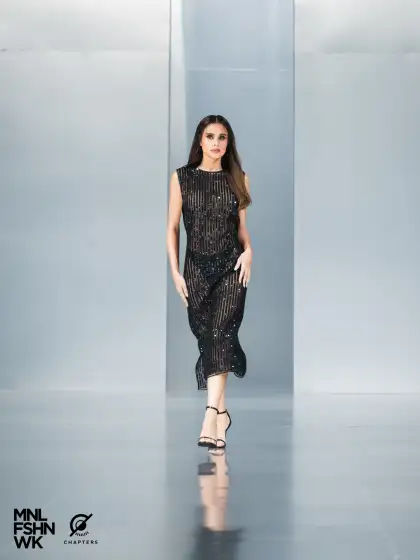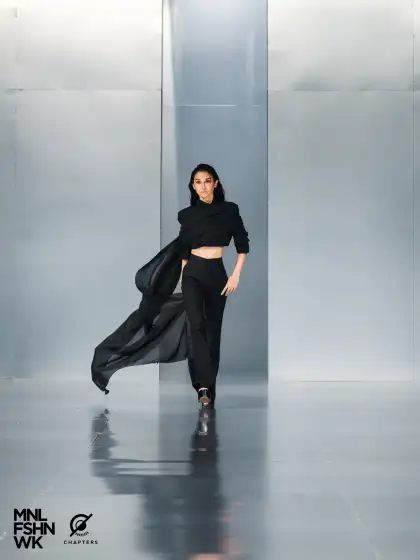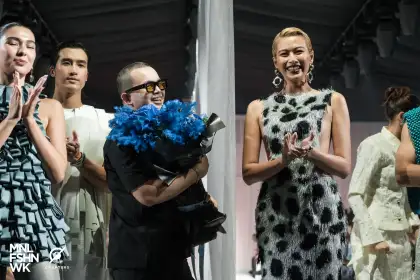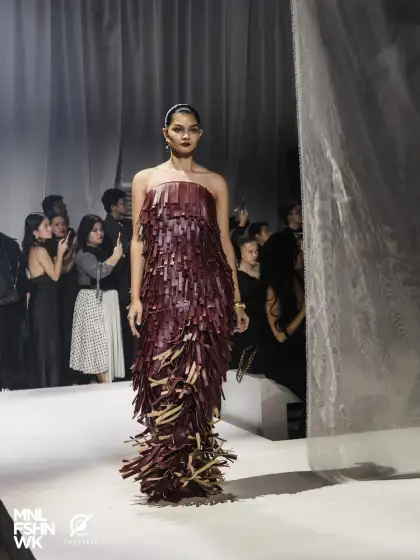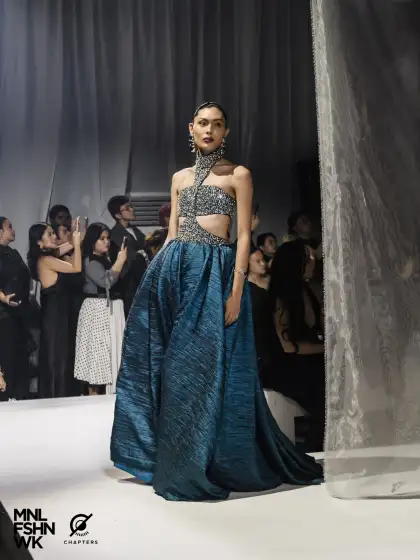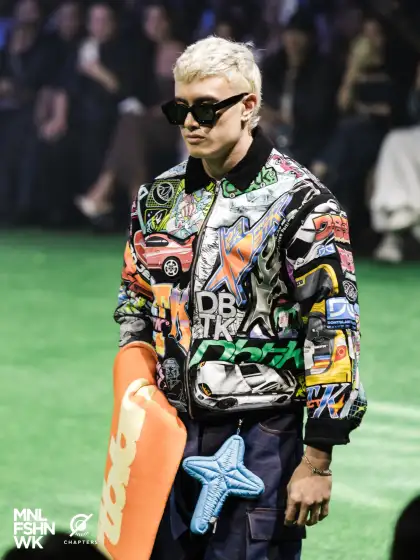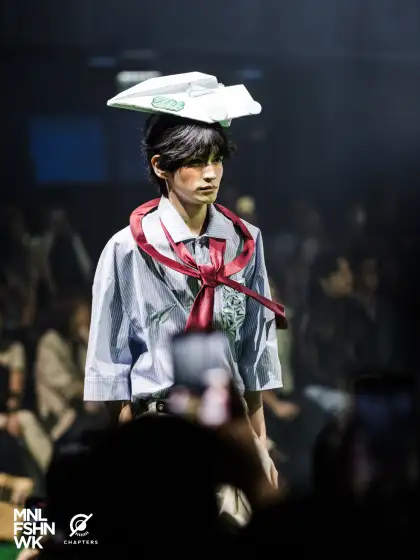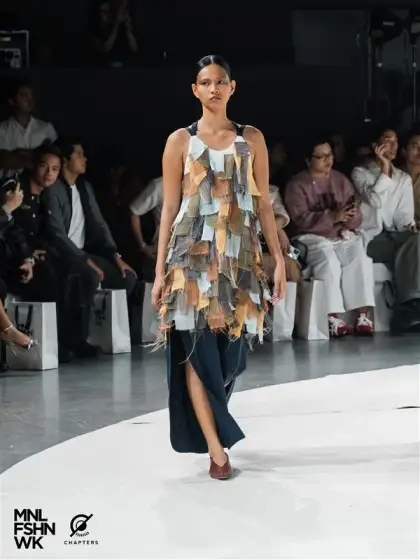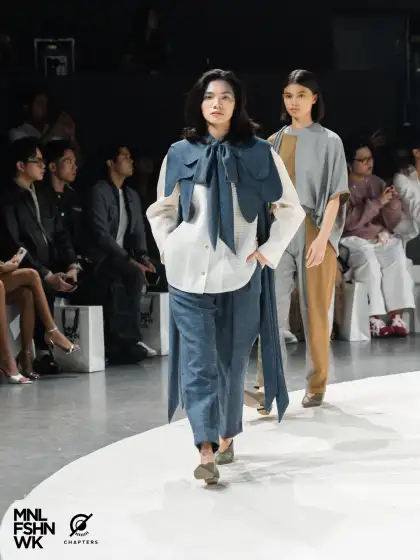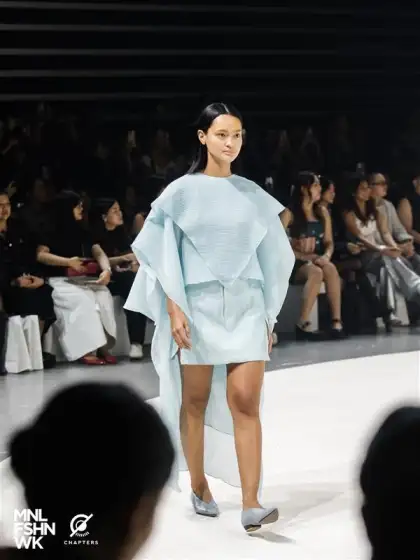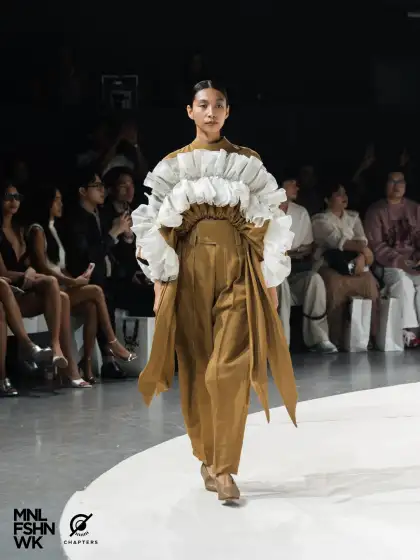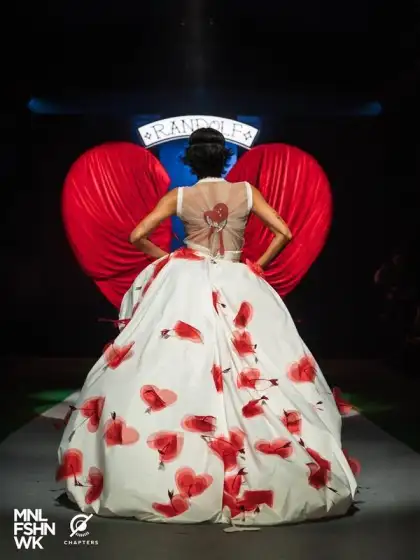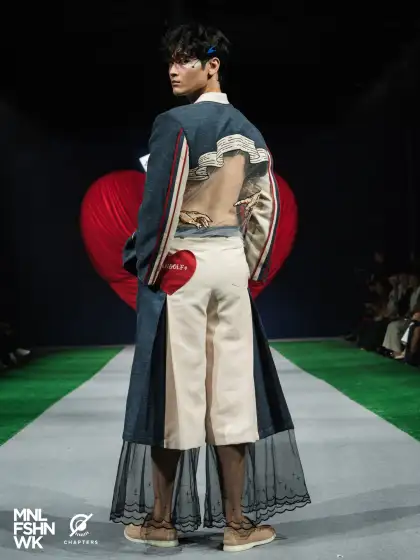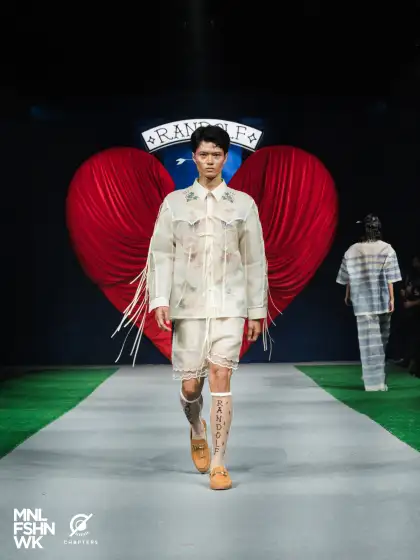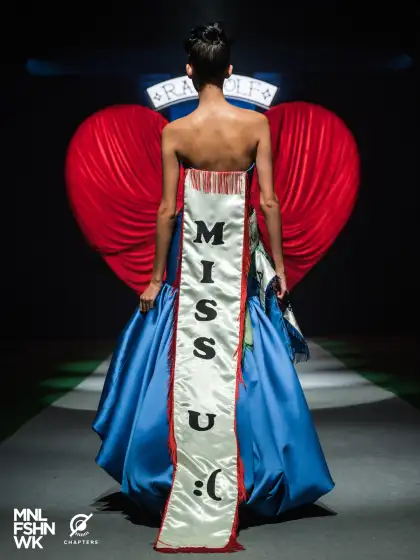Jeanne Harn Explains Why It’s Important to Know Your Colors
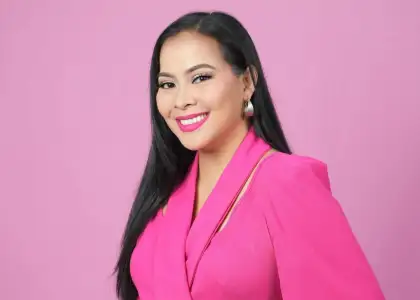
Did you know that it only takes a tenth of a second to form an impression? And here’s an interesting fun fact: 62 to 90% of someone’s initial assessment of a person, product, or environment is based on color alone.
These were the first things we learned when we sat down for a Color Analysis session with Beauty Queen-turned-professional image consultant, Jeanne Harn. During the session, she guided us through the process, explaining each step and why it’s important to know your seasons and personal palette. Understanding which colors complement your natural features can instantly elevate how you present yourself, whether in fashion, branding, or everyday life.
If you’ve been scrolling on social media, chances are you’ve already seen the reels of people facing a mirror while being draped with different fabrics in varying shades. The trend has been sneaking into our feeds for a while now, but color analysis has actually existed for decades. With fashion and personal branding taking center stage in today’s social media-driven world, people have become more conscious of how they look — and that has everything to do with color.
We sat down with Jeanne, who’s also the CEO of Imahe Academy, an agency offering Personality Development, Modeling, Pageant and Hosting Workshops, Color Analysis, and Personal Image sessions, to talk more about the power of color and how knowing one’s season and palette can completely change your overall look.
Discovering Your True Colors
According to Jeanne, Color Analysis is “a process of matching an individual’s skin tone, natural hair coloring, and eyes to achieve harmony. This helps people discover their colors and palettes, enhancing confidence, presence, and allowing them to be their most successful selves.”
At first glance, Color Analysis may seem like a simple way to know which colors best suit the tone of your skin, but after our session, we discovered that it goes much, much deeper, as it seeks to sift through variations of shades to accurately find the hue that best matches all your features.
“There’s a variation of colors,” Jeanne explained as she talked about aura coming into play whenever a client comes for a session. “Some people would have a brighter or more vivid coloring, while others look more muted. Yes, we see the warmer tone and cooler tone from their skin color, but it doesn’t mean that’s always going to be the analysis in the end.”
Jeanne is a certified image consultant and color analyst, having gained her certification from the International Image Institute in Toronto, Canada. During her training, she acquired the customized tools needed for color analysis, such as her drapes or fabric swatches, and flags, which are used to represent different seasons and color types.
“I trained under a school that specialized in image mastery, and color analysis is just a facet of a person’s image. I studied not only the science behind color but also the psychology and methodology of seasonal color theory,” she explained. “Building a strong foundation in color theory, face and body analysis, as well as practicing with real clients, are essential. Experience is the best way to gain knowledge and train as a color analyst. You train with your eyes.”
The image consultant also shared how learning never ends when it comes to her work. She’s currently taking up online courses at the Image Innovators School in Australia and received her advanced certification for image mastery. Also, Jeanne's a member of the Association of Image Consultants International (AICI), where she’s committed to leveraging herself as a professional by continuously adding to her experience and other learning requirements.
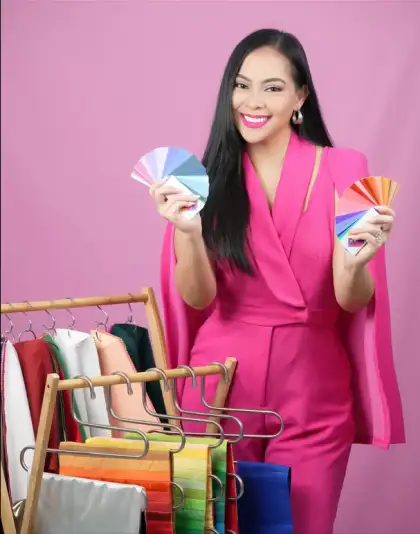
If you’ve ever wondered what happens during a color analysis, Jeanne explained that a typical session usually lasts about an hour and a half. The duration, however, can vary depending on the client. Some individuals have unique tones that fall into a neutral range, meaning they can harmonize with all four seasons. In these cases, the analyst needs to carefully compare and contrast each palette, unlike with single-toned clients (warm or cool), who only need to be matched against two seasons. Some individuals are categorized as flow, or are both warm and cool-toned.
Each season also has its specific variations, such as deep and bright winters and light and warm springs, proving that a session goes into specific hues and seasonal tones, curating the most accurate embodiment of your color personality.
When asked if lighting affects the process, Jeanne replied, “Lighting is everything. That’s why we only do sessions in natural daylight under full-spectrum lighting, which is at its height during noon time. That kind of light gives us the right color appearance of a person’s skin. In the absence of natural lighting, I’d have to use lights that mimic that, like ring lights or spotlights.”
Color Analysis may seem like it’s only geared towards people who are into fashion, but Jeanne had expressed that simply knowing your color season provides many advantages that benefit you — not only physically, but also mentally and emotionally.
“Color analysis basically affirms us. Many of my clients would say they’re finally seen after a session. Some are praised more than before. I think affirmations are very powerful tools to make us more confident,” she expressed. “When your colors align with your natural beauty, you no longer have to hide it behind makeup or feel unsure about your style. It’s a powerful yet subtle shift that builds inner and outer confidence.”
Knowing your colors makes wardrobe building much easier, eliminating the stress of choosing your outfits for the day. Looking good also makes us feel good, making us feel more comfortable in our skin, thus promoting self-love and creating harmony with our physical and mental states.
“It also saves you a lot more money, time, and frustration in the process, so you look younger, more radiant, and more polished without needing drastic changes,” she added.
If you’re worried about matching with a season that doesn’t bear your favorite colors, don’t be! Jeanne assured that getting a Color Analysis doesn’t mean that you can no longer wear colors outside of your season. In fact, you only need to learn how to work around them.
“I tell my clients to wear them below the waist, away from their face. Another way is to accessorize based on your tones. Knowing your tone includes determining which metals look better on you. Is it silver or gold jewelry?” She said. “If you need to wear it as a top, you can adjust with your makeup or wear colors in your sister season. For cool tones, it’s Winter and Summer, while warm tones are Spring and Autumn.”
The analyst also added that colors have relative temperatures, so choosing ones that suit your tone can also be a good strategy when it comes to wearing colors outside of your season.
As the Color Analysis trend became more popular on social media, more and more people have begun to DIY their sessions using AI like ChatGPT, wherein you can simply upload a photo of yourself and let the bot provide a full analysis, complete with your season and styling suggestions. When asked about her opinion on these AI-generated results, Jeanne pointed out that it’s only scratching the surface.
“AI can be helpful for general guidance, but it lacks the nuance and depth of an in-person analysis. And that’s what you get when you do a session. When you take a photo, screens vary, and lighting also plays a big role. If you took it in bright light, chances are you’ll be tagged as a warm person. As smart as it is, trained eyes and real drapes still give the most accurate results.”
However, she also gave us some tips, should you want to assess your colors for yourself. Start by observing your face, which is the part that affects your palette the most. Look at your skin color, hair color, and eyes. It also helps to observe how your skin reacts to certain colors, and to know which makes you look more radiant.
“Cool colors are ones with bluer tones. For warm, you can never go wrong with orange,” she shared. “Every color would have a version of cool and warm, except orange. It’s the only color that will always be warm.”
It also helps to do your DIY color analysis without makeup and in a place with natural lighting for optimal results.
After explaining the process, Jeanne also debunked some color myths like how black and white aren’t actually universally flattering despite being fashion staples, since pure white can wash out warm-toned individuals while jet black can look harsh on those with softer coloring. Two people with the same skin tone can also have the same palettes, as skin tone is only a part of the equation.
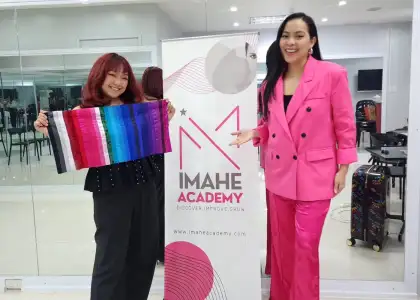
She also shared that a color analysis is best paired with Imahe Academy’s Personality Style and Body Assessment services. Once you’ve discovered your colors, the next step is learning how to apply them through personal styling, understanding your body type, proportions, and how to dress in harmony with them.
The consultant gave us a peek into the process, where each person is placed on a Yin-Yang spectrum. Yin leans towards softer, more traditionally feminine features, while Yang embodies sharper, more structured characteristics. Importantly, this has nothing to do with gender. For example, a man can be classified as a “Romantic” Yin, and pull off florals and fluid fabrics, while a woman might be a “Creative” Yang, and be able to own bold patterns and daring designs.
Their full package checks everything from your height to your body type and proportions, teaching you how to style and determine the pieces that make you look taller or slimmer. Jeanne also plays the role of personal shopper for this service, holding her clients’ hands and guiding them through the process until they’re confident about their styling skills.
“With this, you’ll have more confidence in knowing that, 'Oh, this style is for me,' and you’d accept yourself and your individuality for who you are.”
You can book a Color Analysis session with Jeanne at Imahe Academy here. A Basic Package costs P10,000, while a Full Package is at P15,000, which includes Color Analysis, Wardrobe Styling, Hair Color Recommendations, and a Personalized ID app.
To learn more about Jeanne Harn, follow her on Facebook, Instagram, and TikTok. You can contact her at +63 9778503469 for inquiries.
Location: Imahe Academy, Celebrity Club, 1104 Capitol Hills Dr, Diliman, Quezon City, Metro Manila
Get the latest curated content with The Beat Asia's newsletters. Sign up now for a weekly dose of the best stories, events, and deals delivered straight to your inbox. Don't miss out! Click here to subscribe.
